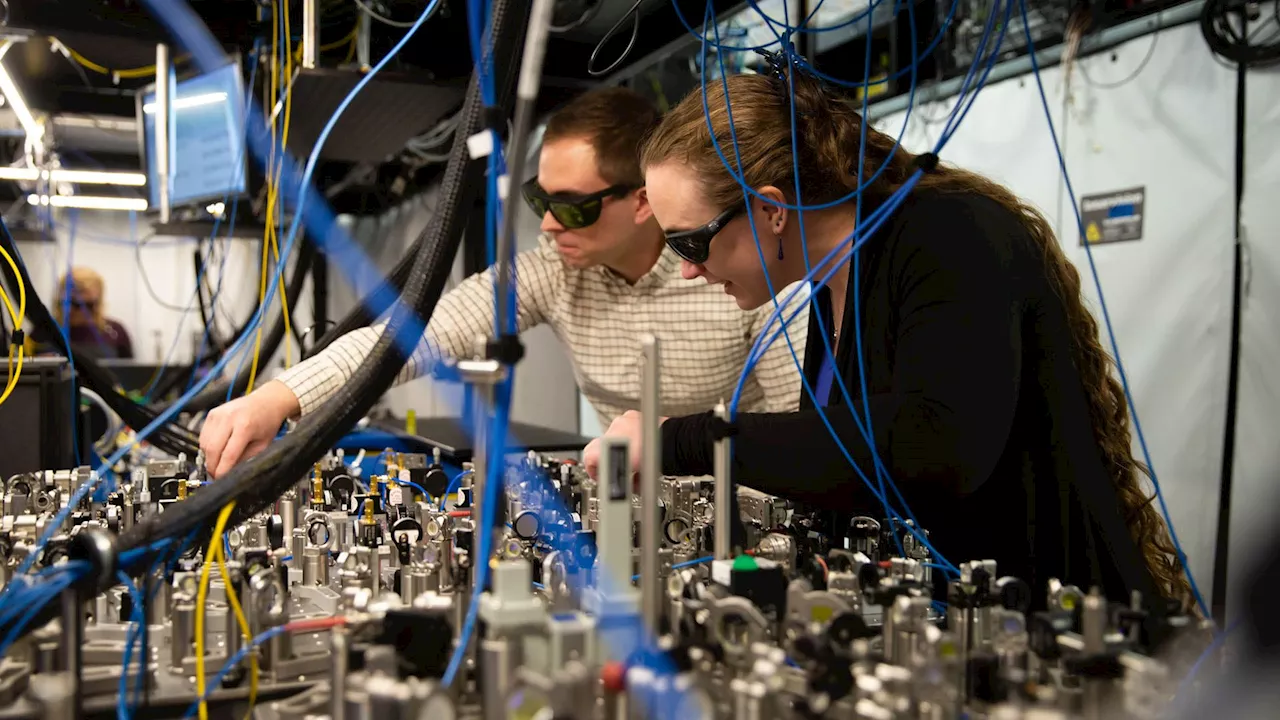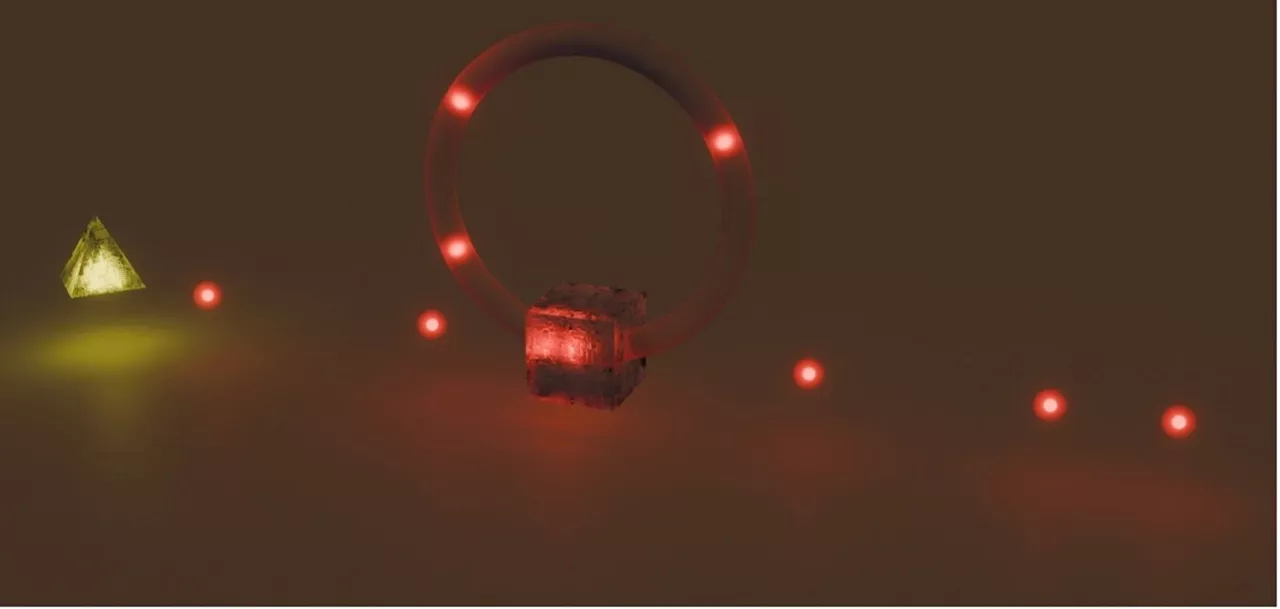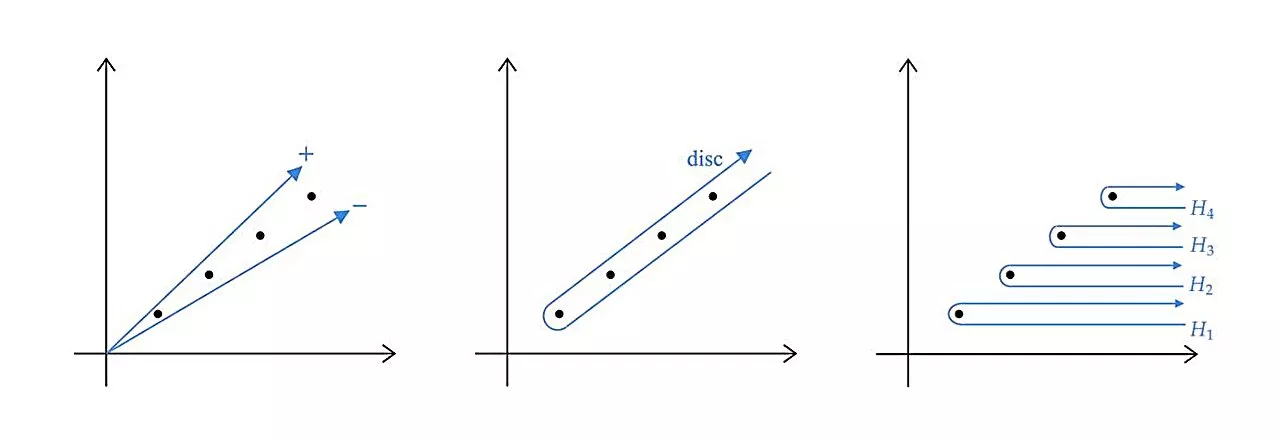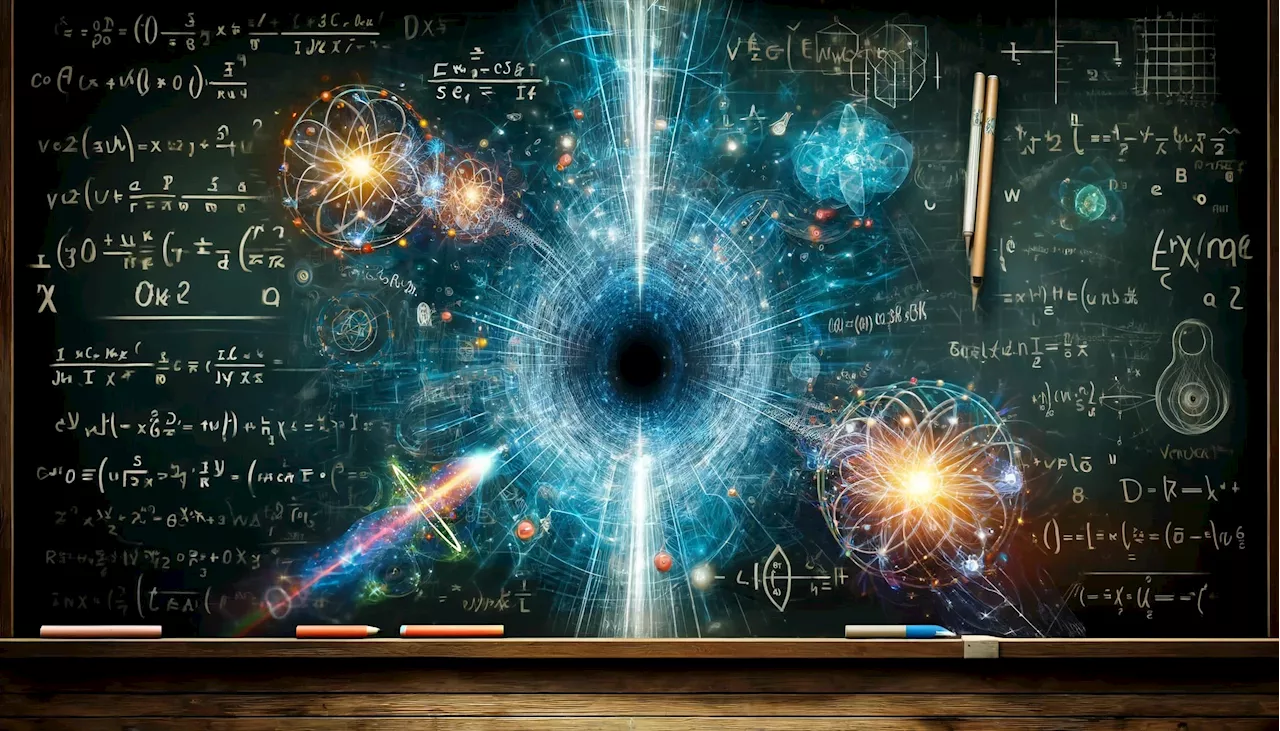Science, Space and Technology News 2024
Researchers at the University of Amsterdam have applied a 40-year-old mathematical framework by Jean Écalle to effectively describe and unify quantum mechanical tunneling phenomena. Credit: SciTechDaily.com
Quantum mechanical effects such as radioactive decay, or more generally: ‘tunneling’, display intriguing mathematical patterns. Two researchers at the University of Amsterdam now show that a 40-year-old mathematical discovery can be used to fully encode and understand this structure.In the quantum world, processes can be separated into two distinct classes.
“Still, in this century-old problem, there was work left to be done,” says Alexander van Spaendonck, one of the authors of the new publication. “The descriptions of tunneling phenomena in quantum mechanics needed further unification – a framework in which all such phenomena could be described and investigated using a single mathematical structure.”
Marcel Vonk, the other author of the publication, explains: “Écalle’s original papers were lengthy – over 1000 pages all combined – highly technical, and only published in French. As a result, it took until the mid-2000s before a significant number of physicists started getting familiar with this ‘toolbox’ of resurgence. Originally, it was mostly applied to simple ‘toy models’, but of course, the tools were also tried on real-life quantum mechanics.
United States Latest News, United States Headlines
Similar News:You can also read news stories similar to this one that we have collected from other news sources.
 Redefining Quantum Communication: Researchers Have Solved a Foundational Problem in Transmitting Quantum InformationScience, Space and Technology News 2024
Redefining Quantum Communication: Researchers Have Solved a Foundational Problem in Transmitting Quantum InformationScience, Space and Technology News 2024
Read more »
 Quantum breakthrough: Microsoft slashes error rates in quantum computersQuantum computers use qubits and this breakthrough paves the way for hybrid supercomputers that will revolutionize research across industries
Quantum breakthrough: Microsoft slashes error rates in quantum computersQuantum computers use qubits and this breakthrough paves the way for hybrid supercomputers that will revolutionize research across industries
Read more »
 Quantinuum quantum computer using Microsoft's 'logical quantum bits' runs 14,000 experiments with no errorsA team of computer engineers from quantum computer maker Quantinuum, working with computer scientists from Microsoft, has found a way to greatly reduce errors when running experiments on a quantum computer. The combined group has published a paper describing their work and results on the arXiv preprint server.
Quantinuum quantum computer using Microsoft's 'logical quantum bits' runs 14,000 experiments with no errorsA team of computer engineers from quantum computer maker Quantinuum, working with computer scientists from Microsoft, has found a way to greatly reduce errors when running experiments on a quantum computer. The combined group has published a paper describing their work and results on the arXiv preprint server.
Read more »
 Compact quantum light processing: New findings lead to advances in optical quantum computingAn international collaboration of researchers, led by Philip Walther at University of Vienna, have achieved a significant breakthrough in quantum technology, with the successful demonstration of quantum interference among several single photons using a novel resource-efficient platform.
Compact quantum light processing: New findings lead to advances in optical quantum computingAn international collaboration of researchers, led by Philip Walther at University of Vienna, have achieved a significant breakthrough in quantum technology, with the successful demonstration of quantum interference among several single photons using a novel resource-efficient platform.
Read more »
 The end of the quantum tunnel: Exact instanton transseries for quantum mechanicsIn the quantum world, processes can be separated into two distinct classes. One class, that of the so-called 'perturbative' phenomena, is relatively easy to detect, both in an experiment and in a mathematical computation.
The end of the quantum tunnel: Exact instanton transseries for quantum mechanicsIn the quantum world, processes can be separated into two distinct classes. One class, that of the so-called 'perturbative' phenomena, is relatively easy to detect, both in an experiment and in a mathematical computation.
Read more »
 Microsoft's quantum computer may be the most reliable yetA quantum computer built by Microsoft and quantum computing firm Quantinuum uses “logical quantum bits” to run simple computational routines with an unprecedented level of reliability
Microsoft's quantum computer may be the most reliable yetA quantum computer built by Microsoft and quantum computing firm Quantinuum uses “logical quantum bits” to run simple computational routines with an unprecedented level of reliability
Read more »
